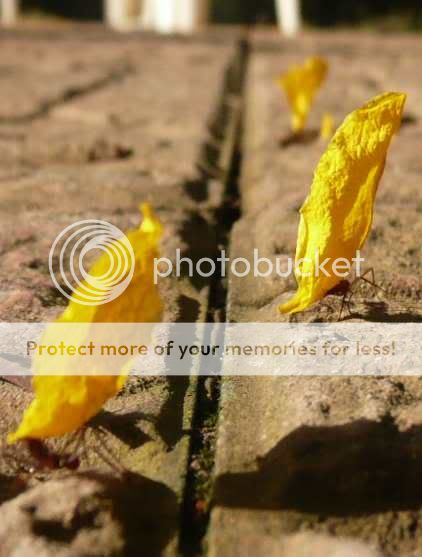
Part way up the north shore, and also accessible by road, is Finca Paraiso. 

Yep, that’s right, a waterfall of hot water which pours steamily down into a cool stream, and on to you, if you can stand it! My guess is about 140 degrees. Doug thinks it’s less. But when I asked the ‘attendant’ for more information, he just told me that it was as God had made it. Claro! But Nico helps God by sweeping away all the leaves with a fine-twigged branch and whacking any offending limbs with his machete.
It’s a beautiful spot and I could easily spend hours here adjusting my temperature. 
But wait, there’s more. There’s a short little hike to the nascimento, the source, a little, linty-looking belly button of water at the top of the hill.
Another twenty minutes further up the cool water stream there are a couple caves. It would have been churlish to bushwhack rather than pay the small sum the guide asked to take us to the caves. For one, he knew which of the several paths went directly to where we wanted to go, saving us the ‘discussion’. And at every steep drop, where I’d be checking my footing, he’d pipe up with “no tocar” “don’t touch” just as I was reaching for a porcupine-spined tree to use as a prop. He even kicked damp leaves off the rocks for me. It wasn’t a particularly difficult trail for someone with two spare hands, but it was not a place for wet clothes draining into squawking Crocs.
We’ll definitely go back to Agua Caliente and the caves, better prepared. The upper cave is lovely enough (Fernando said it was a ‘special Mayan place’)
A stream runs through the lower cave, another waterfall comes down inside the cave, and maybe you can swim through to the other side of the mountain. 
But you have to swim in, a hundred yards perhaps, so I’m not going without a good and waterproof light. It will take another couple dozen fish nips before I get inured to them, and able to look curiously around at the bats and whatever else there might be.
This is a big finca full of cows and people, at least 30 families if I understood correctly – more than enough to support a school, built by the finca but staffed by the state. The young man in the restaurant was happy to indulge my efforts at Spanish and we got quite a pleasant call-and-response going: “Una pregunta, por favor”, “Digame”.
 .
.And don’t forget cowboys and their rides. All the saddles (and half the bicycles) have machete holders.

By the end of the day milk from these cows will have been turned into some kind of cheese.
So all in all, it was a pleasant stop, and I’ll hope to go back several more times.
“Una pregunta mas, por favor!”
Finca: n.
A rural property, especially a large farm or ranch, in Spanish America.
[American Spanish, from Spanish, real estate, from Old Spanish fincar, to pitch tents, reside, from Vulgar Latin *fīgicāre, to fasten, from Latin fīgere.] (according to Answers.com)






















